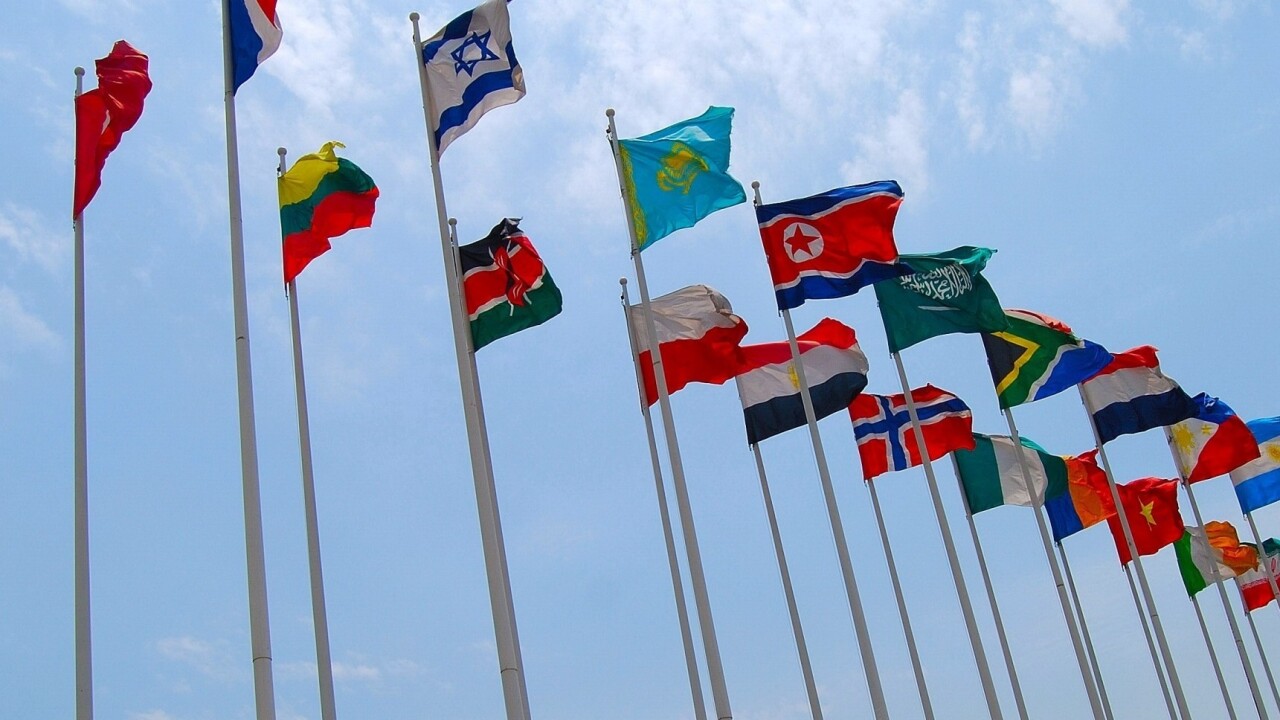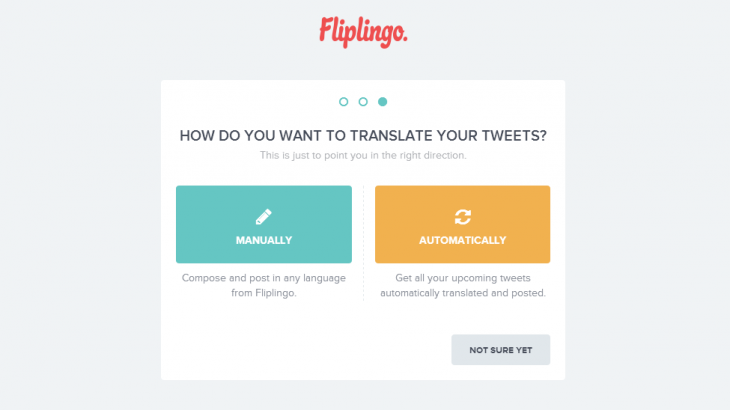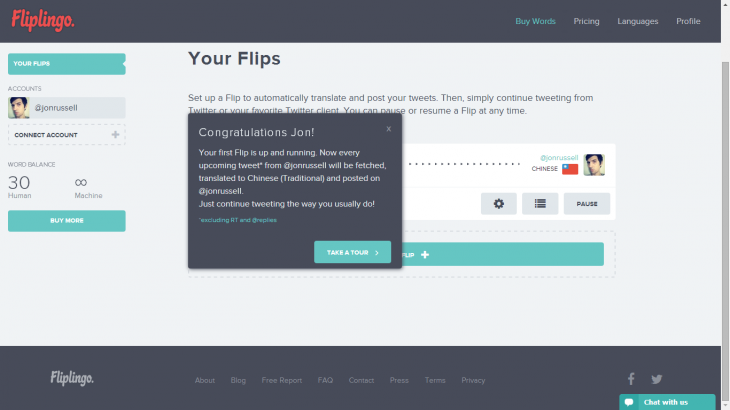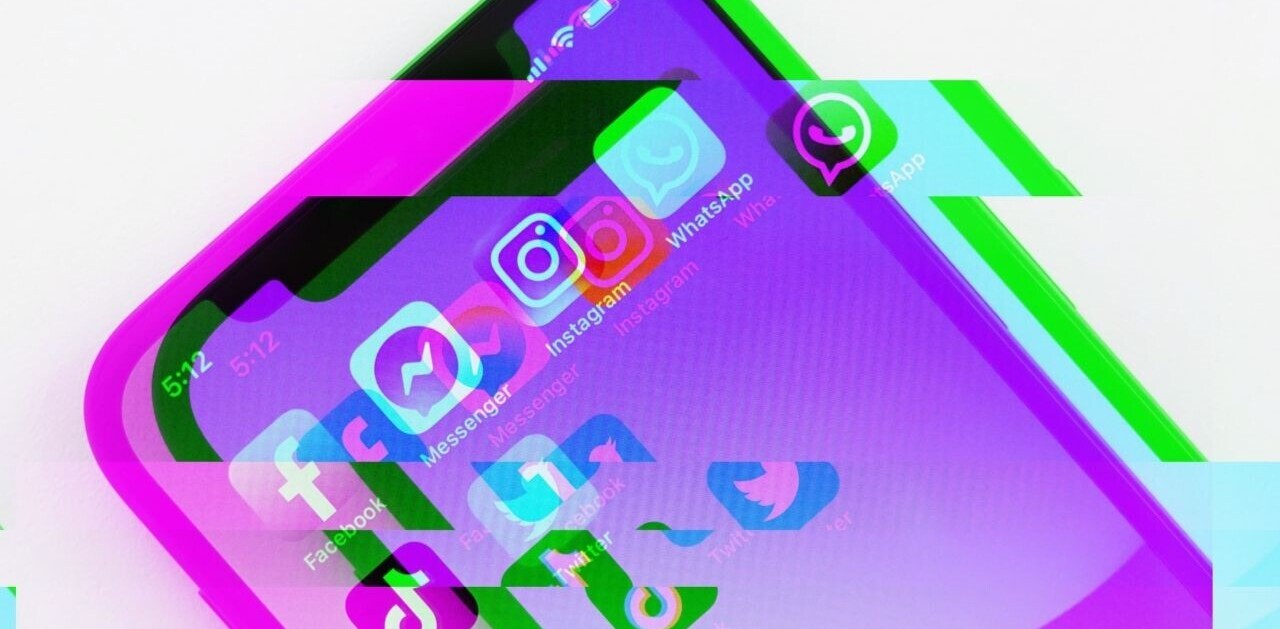
Nearly three-quarters of Twitter’s users are based outside of the US. The service is available in 33 different languages, but tweets are probably sent in countless more, such is the global nature of the internet. If you’re at a business or are someone who needs to connect with people outside of your linguistic ability, Fliplingo wants to help.
The service is essentially a middle-man between you and your Twitter account. You tell it what you want to say and the language that you want to use, and it will publish the tweets to your account for you.
It has free and paid options and works in two different ways: you can choose to translate specific tweets into any of 30 different languages, or plug in a Twitter account to translate all tweets sent.
Visiting Fliplingo.com presents the two options.
Selecting the automatic option for entire account translations — to the right, in orange, above — brings you to the screen to create ‘Flips.’ These are Twitter accounts plugged into Fliplingo for full translation services — that means all tweets are first translated and then published by Fliplingo to your Twitter account.
To get started, simply authorize your Twitter account, select the language that you would like your tweets to be translated into and published in, and choose your local timezone. (The timezone part is a little unclear, but essentially tweets are held back for business hours in specific regions — though Fliplingo says it will make this clearer, perhaps by offering specific time requests for tweets.)
Once your Flip is set up, you are ready to start tweeting. Messages that you enter in the Fliplingo site are sent off to its smarty-pants linguists, who “hand translate” the tweets — the company is using Tokyo-based translation service Gengo to handle the details, not just Google Translate.
When a tweet is translated, it will automatically be sent out from your account during the time zone that you specified. You can turn Flips off, or pause them if you want control of your account back.
The other option is more ad hoc. You can out-source tweets to translators (again via Gengo), after which they are published to your account via Flipgram, or simply have them machine translated.
As it happens, I picked the most straightforward phrase to test.
Halo Indonesia
— Jon Russell (@jonrussell) June 24, 2014
But I quickly followed it up with a more complicated tweet. (I’ll let you work out the meaning for yourself.)
Hei, saya tidak tahu saya bisa berbicara Bahasa Indonesia – bakat tersembunyi ;) — Jon Russell (@jonrussell) June 24, 2014
And, a bit of Simplified Chinese — “my incredible language skills will soon be revealed”:
我不可思议的语言才能不久就会展现出来。^_^
— Jon Russell (@jonrussell) June 25, 2014
In all three cases, the tweets were published within an impressive ten minutes of my translation request. As well as writing new tweets, you can look up recent @mentions on the service and reply to ongoing conversations via translations if you like.
As for accuracy: the first two were easily understood by my Indonesian Twitter followers, some of whom thought I was in the country or am learning Bahasa. People seemed to understand the Chinese tweet, though TNW’s resident Chinese speaker was less impressed: she got the gist but didn’t feel that the translation was extremely accurate.
Fliplingo is offering 30 free “human translated” words for free on trial, while machine translations are free. Once the allocation is up, you can pay $100 for 1,429 words, $50 for 714 words or $20 for 286 words — around $0.07 per word — while there is an auto-recharge option.
If you don’t have native speakers on your team but want to connect with non-English speakers using Twitter (with no emphasis on business-level diction) then Fliplingo may be worth your time. The service has just come out of a four-month beta, and is now available to all.
Image via yui / Shutterstock
Get the TNW newsletter
Get the most important tech news in your inbox each week.







